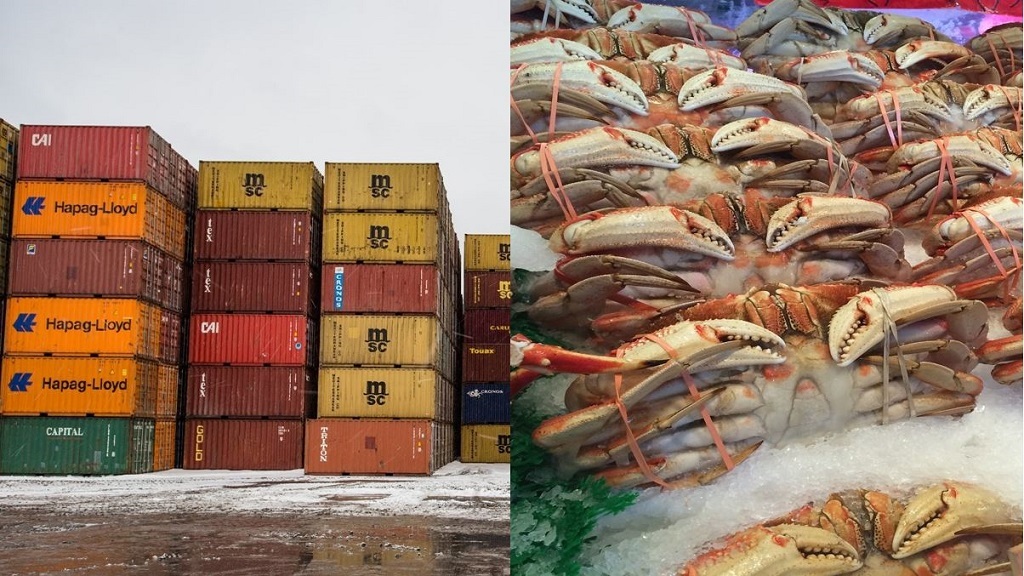Cold Chain Services
Cold Chain Services
Overview
Cold chain systems are crucial to the growth of global trade in perishable products and to the worldwide availability of food and health supplies. Each year, billions of tons of fresh food products and millions of dollars’ worth of U.S. exports are lost due to poor cold chain systems in developing markets. The World Economic Forum lists food crises as fourth on its top global risks of highest concern for the next 10 years. Globally, billions of dollars are spent on improving agricultural processes to create higher food yields, but the fact that nearly half of all food never makes it to a consumer’s plate is largely ignored.
Global losses in the food industry total more than $750 billion annually. These losses primarily result from lack of proper facilities, improper food safety handling procedures, and insufficient training for those personnel working in the cold chain. Additionally, over $260 billion of annual bio-pharma sales are dependent on cold chain logistics to ensure the efficacy of their products.
The concept and technology for controlling the temperature of sensitive products has been well-established for decades. The development of cold chain systems, especially in terms of government policy, however, is a fairly new concept. Cold chain systems can most aptly be viewed as a business function in a global value chain rather than as an industry. As a business function, they encompass activities and processes that span several industries and support the exports and sales of numerous other industries. The United States has a competitive advantage in cold chain systems derived from some of the most advanced technologies and logistics management services in the world.
